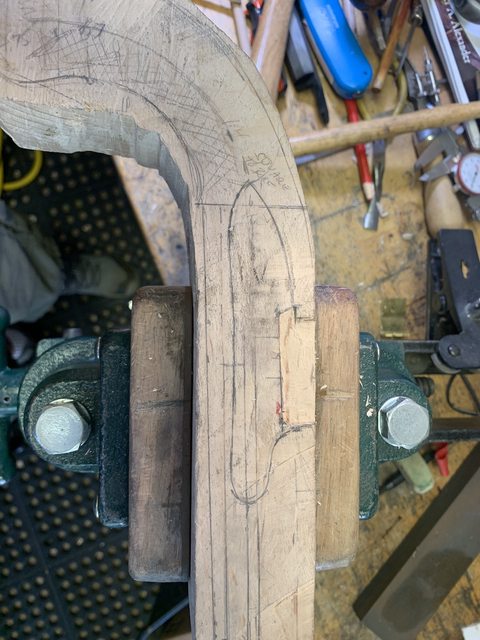The last two months have been a masterclass education in if you want something done right do it yourself. I got a replacement davis lock for my Navy Arms 1803
Harpers Ferry and its been nothing but a headache from the start. Hired a gunsmith to drill and tap plus fit the lock took him 8+ weeks to not do the work and tell me he didn't feel like it so it seems as though I am on my own. thankfully a user on here @brazosland provided me with some reference photos to go off of so now I have a few questions for you gents.
what tools do i need would a dremel do me well?
should i mark where im going with something?
theres an old guy on my street who does woodworking should I just go knock on his door and ask his help?
first picture is my rifle second is a modified one kindly sent to me as reference by brazos, thanks again sir!
Harpers Ferry and its been nothing but a headache from the start. Hired a gunsmith to drill and tap plus fit the lock took him 8+ weeks to not do the work and tell me he didn't feel like it so it seems as though I am on my own. thankfully a user on here @brazosland provided me with some reference photos to go off of so now I have a few questions for you gents.
what tools do i need would a dremel do me well?
should i mark where im going with something?
theres an old guy on my street who does woodworking should I just go knock on his door and ask his help?
first picture is my rifle second is a modified one kindly sent to me as reference by brazos, thanks again sir!











